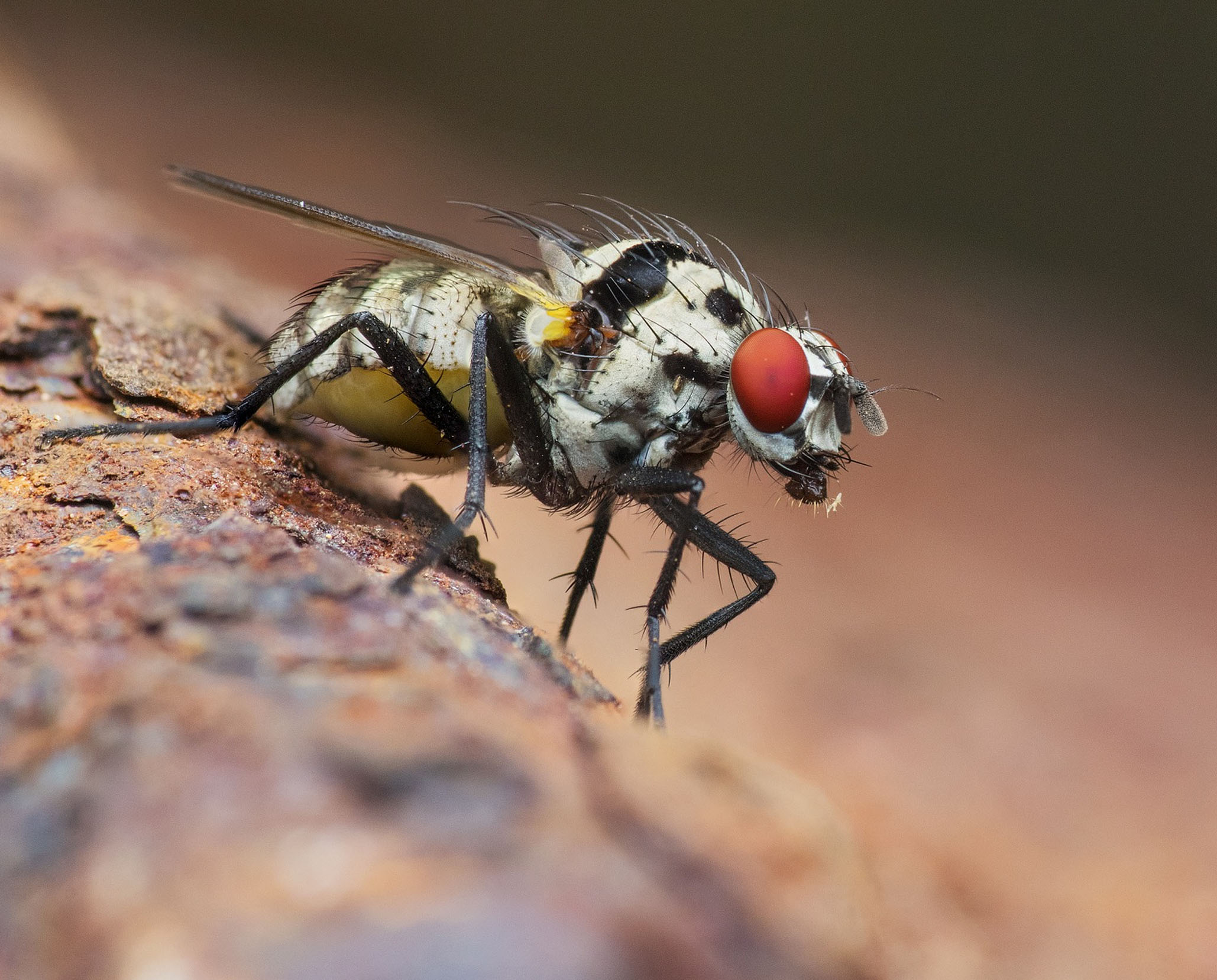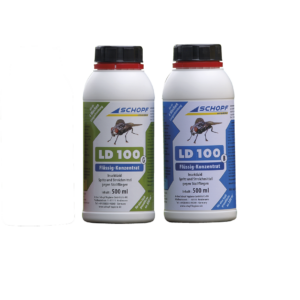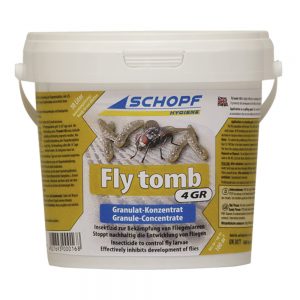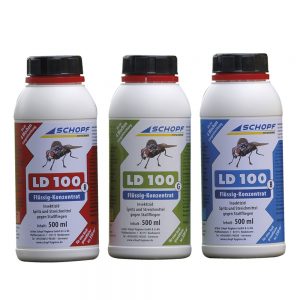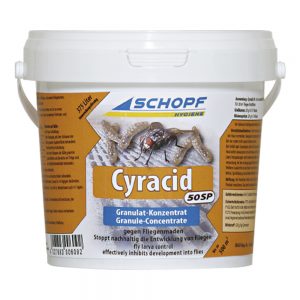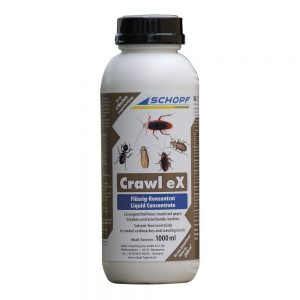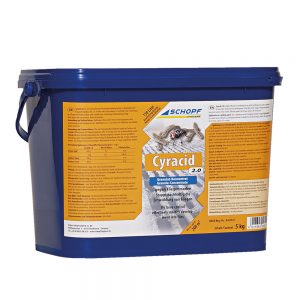Combat stable flies effectively
effective and inexpensiveInsects are not only carriers of disease but also cause unrest in the barn.
Fly control information
(Brachycera)
The fly as a disease carrier.
Flies are carriers of various infectious diseases, such as dysentery, typhoid, cholera, salmonellosis, polio, foot and mouth disease and the like. That is why the excretions of the flies are particularly important. Their function as disease transmitters can be traced back to their food sources, since they have a preference for animal body excretions such as sweat and faeces as well as festering wounds. The insect type calf stinger (Stomoxys calcitrans) is confusingly similar to the house fly and is able to pierce human skin to suck blood. The sting is painful and can also transmit diseases.
Useful information:
Spray and spreading agent against flies
- Rapid onset of action after absorption
- Alternating spraying with different active ingredients to avoid resistance
Casting and spreading agent against fly maggots
- For deep litter and slurry channel
- Effective against all types of insect-larvae including rat tail larvae
Systematic control of fly and fly larvae Reproduction:
Reproduction
The flies mate just 3 days after hatching and then the females are ready to lay their eggs. The development from egg to fly can be completed in 7 days in good environmental conditions. Thanks to good environmental conditions, for example in stables, 15 generations per year are possible.
Insect pupa
A genetic change in the maggots begins. Your skin hardens and the larvae develop into pupa. After development is complete, the pupa is exited through an opening at the head end.
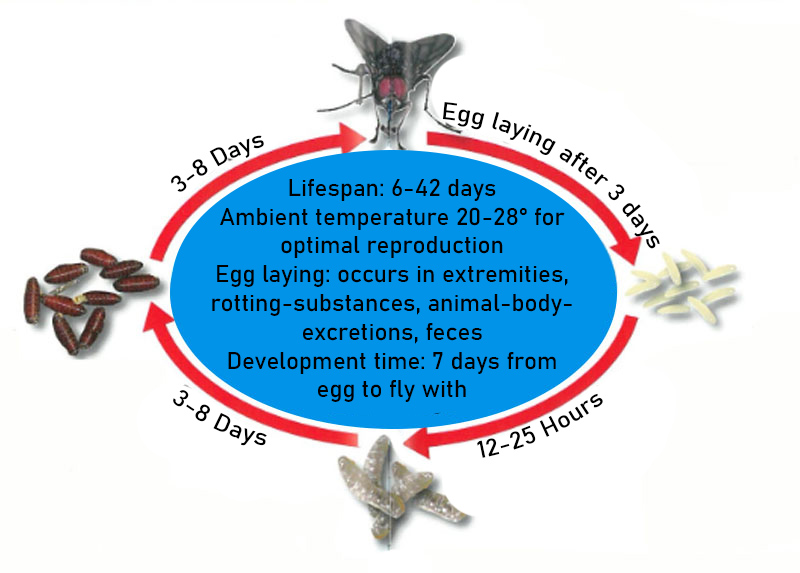
Oviposition
A female lays several times between 150 and 400 eggs per egg-laying in an interval of 3-4 days in decomposing organic material. A fly lays about 2000 eggs in your life.
Larval stage
The larvae need about 12 to 25 hours to mature in the eggs to hatch. The headless and legless fly maggots can move awkwardly with body twists, reach a size of 12 mm and feed of the organic material (substrate) from which they hatched.
Fly control – only 15% of the fly population is adult
Use in stables
1. Application
If a fly population arises from shelter and untreated areas, start using an adulticide.
2. Application
If the effect of the fly decreases or the fly population increases, continue using it with an adulticide.
Any further application
Carry out further applications as required.
1 – 4 Weeks
4 – 6 Weeks
4 – 6 Weeks
Larvae control – 85% of the problem lies in manure and slurry
Use on manure and slurry
1. Application
Start using a larvid early before a population develops in spring.
2. Application
Repeat application 2 weeks after the first treatment to achieve a resounding effect.
3. Application
Continue treatment every 3-4 weeks to avoid re-population. further application
Continue treatment
as only the larva can be controlled. Already pupated larvae can no longer be controlled and develop into flies.
2 Weeks
3 – 4 Weeks
3 – 4 Weeks
Fly & fly larvae products.
A selection of our products!



